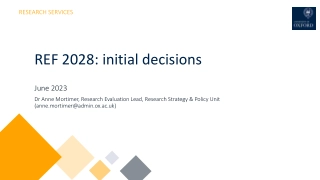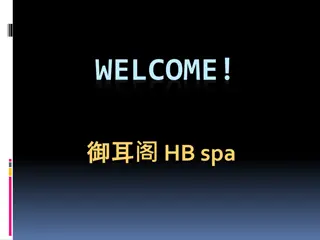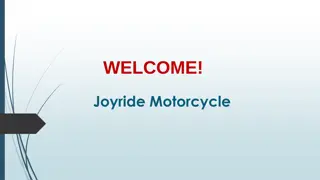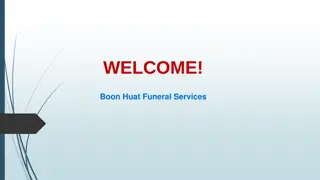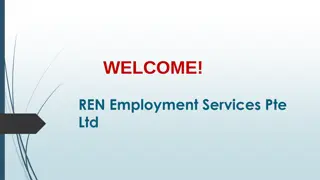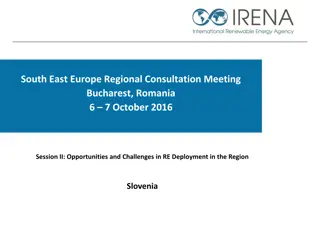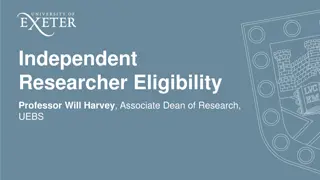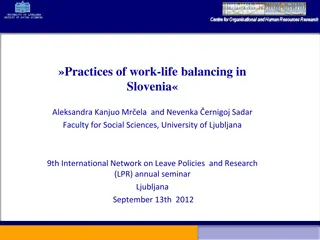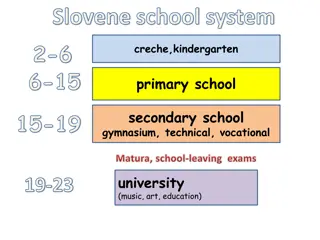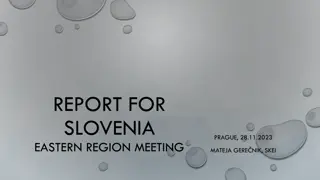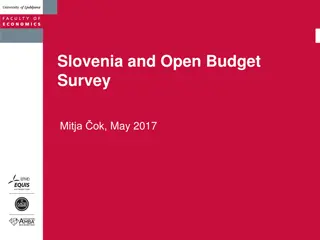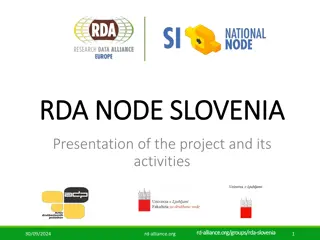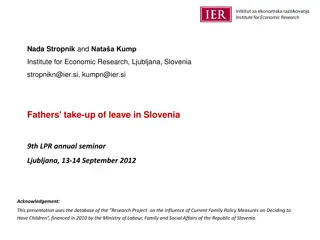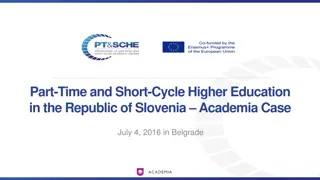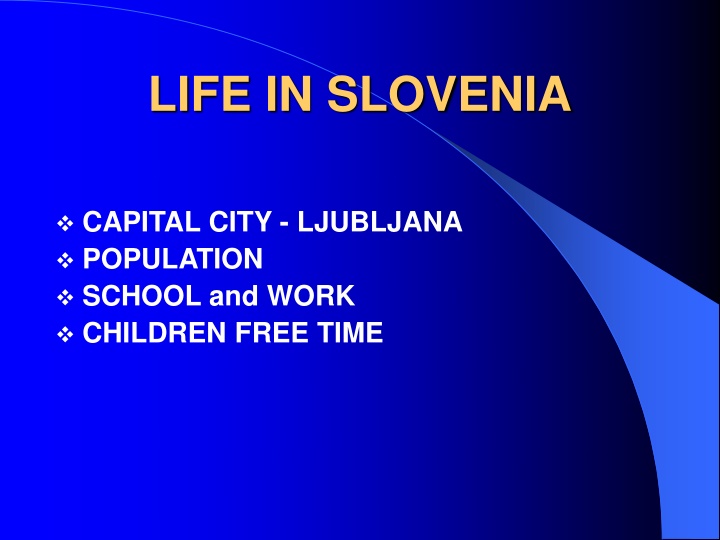
Explore Life in Ljubljana, Slovenia - Population, Schooling, Work, and Leisure
Discover the vibrant capital city of Ljubljana in Slovenia, with a population of 270,000. Learn about the educational system, work culture, and recreational activities in this charming city. Explore the diverse ethnic composition, schooling from primary to high school, key industries, and popular leisure activities enjoyed by children in their free time.
Download Presentation

Please find below an Image/Link to download the presentation.
The content on the website is provided AS IS for your information and personal use only. It may not be sold, licensed, or shared on other websites without obtaining consent from the author. If you encounter any issues during the download, it is possible that the publisher has removed the file from their server.
You are allowed to download the files provided on this website for personal or commercial use, subject to the condition that they are used lawfully. All files are the property of their respective owners.
The content on the website is provided AS IS for your information and personal use only. It may not be sold, licensed, or shared on other websites without obtaining consent from the author.
E N D
Presentation Transcript
LIFE IN SLOVENIA CAPITAL CITY - LJUBLJANA POPULATION SCHOOL and WORK CHILDREN FREE TIME
CAPITAL CITY Capital city is Ljubljana There are 270.000 people River Ljubljanica Goverment, parliament, Office of president Janez Drnov ek Mayor is Zoran Jankovi Many tourist atractions
LJUBLJANA LJUBLJANA Slika:Flag of Ljubljana.gif
POPULATION POPULATION There are 2 milion people in Slovenia There are 2 milion people in Slovenia ETHNIC COMPOSITION undeclared or unknown 8,90% other 0,82% 0,11% Italian 0,17% Roma Albanian 0,31% Hungarian 0,32% 0,53% Muslim by nationality Bosniak 1,10% Croat 1,81% Serb 1,98% 83,06% Slovenian 0,00% 10,00 20,00 % 30,00 % 40,00 % 50,00 % 60,00 % 70,00 % 80,00 % 90,00 % %
SCHOOL Children start with primary school at the age of 6 and they finish when they are 14 or 15 years old. Lessons start at around 8 o clock and they finish after 2 pm. After primary school students got to secundary school and then to highschool.
WORK WORK Main industries are ferrous metallurgy and aluminum products, electric power equipment, wood products, machine tools, textiles, chemicals and pharmaceutical. People usually go to work around 7 o clock and they finish at around 4 o clock
WORK WORK LABOUR FORCE BY OCCUPATION agriculture 5% manufacturing 39% services 56% agriculture manufacturing services
CHILDRENS FREE TIME TIME Sports: Football, basketball, volleyball, hockey, tennis, balley, athletics, bowling, cycling, rollerblading, skiing, Other: Using the internet, playing computer games, go to cinema, play hide and seek, Music school
MY TYPICAL DAY MY TYPICAL DAY My morning In school Afternoon (music school, using computer, ) Evening (dinner, going to bed, )
IN THE MORNING I usually wake up at 7.30 am. I brush my teeth. I dress up. I never eat breakfast. I often walk to school.
AT SCHOOL I always start at 8.30 am. and I finish at half past two. I like P.E., English, Science, and brakes. I hate Maths. I have lunch in school canteen every day.
AFTERNOON I go to music school two times a week. I have Religious Studies every Tuesday. I do my homework. I use the computer. I sometimes practice the piano.
IN THE EVENING I watch TV and read books. I have a shower. I brush my teeth. I usually go to sleep at nine o clock.
QUESTIONNAIRE There are 24 students in class 7.a. How do they come to school? HOW DO STUDENTS COME TO SCHOOL? By bus 12% By bike 16% By walking 40% By car 32%
BLED CASTLE Thank you for your patience!!!

